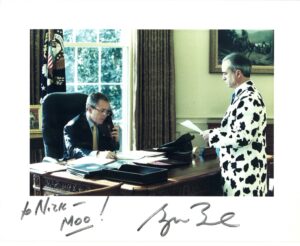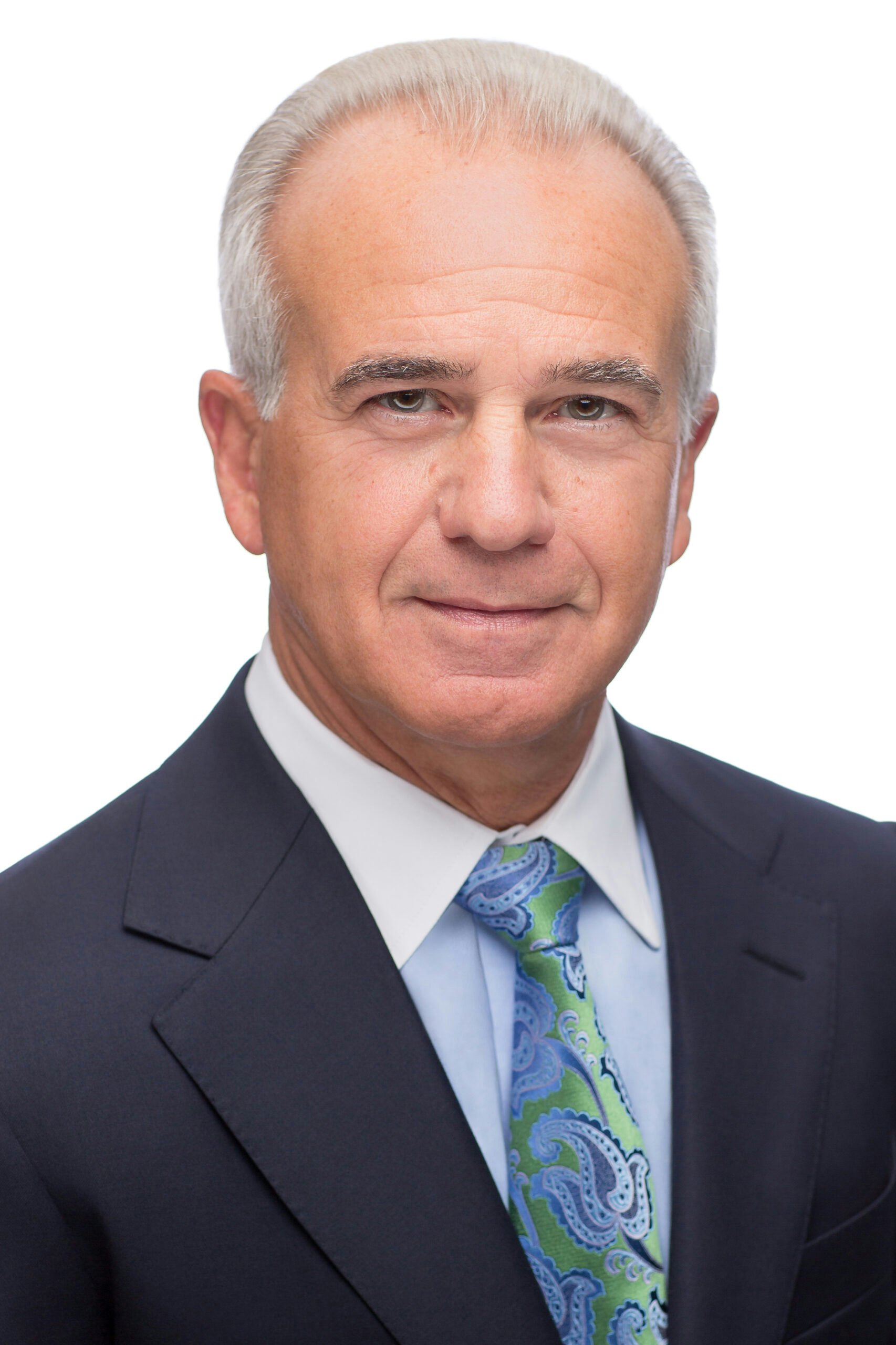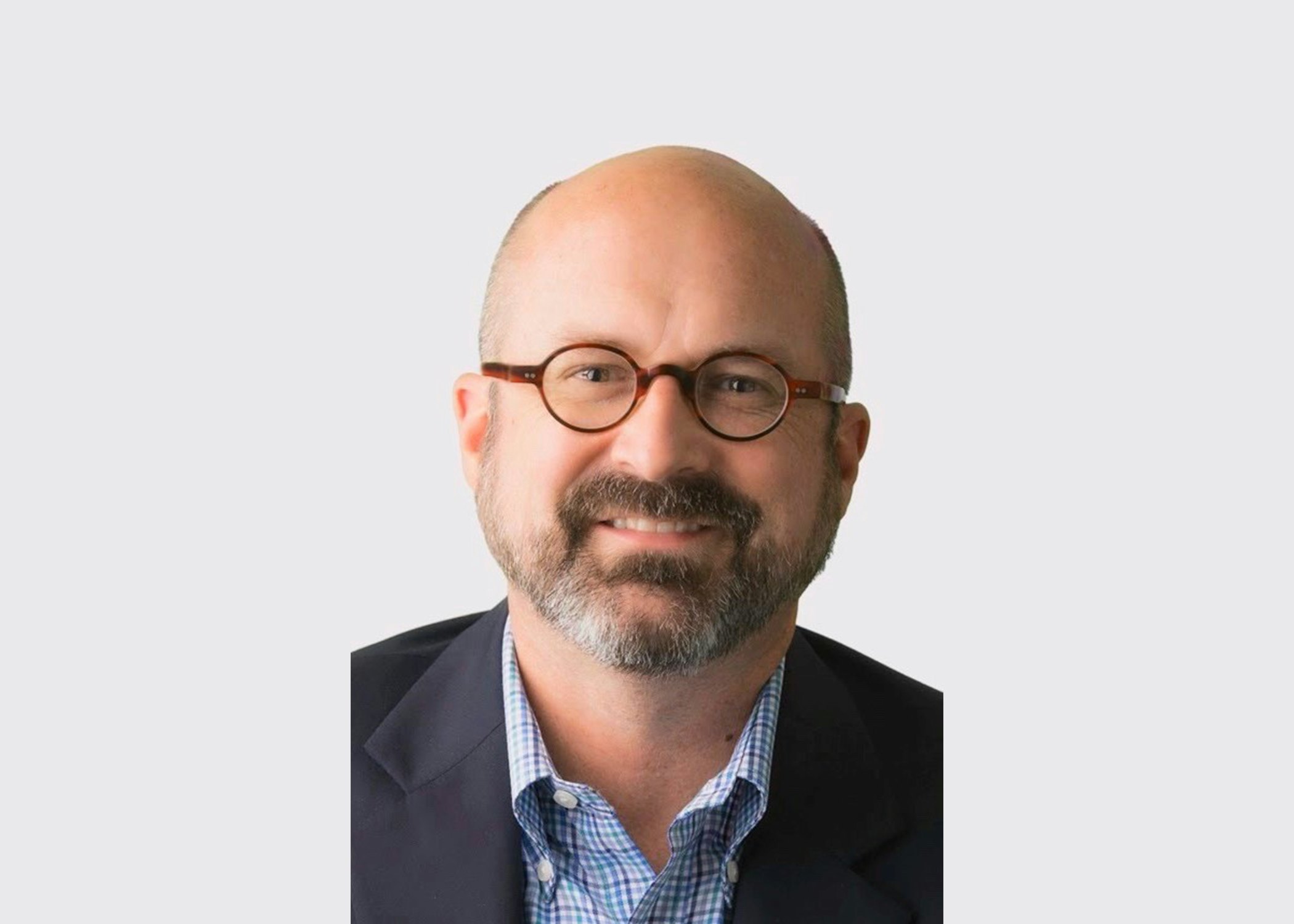Nick Calio joins us this month to talk about the state of the airline industry and how the role of trade associations has evolved.
Nick Calio, who served as President Bush’s first Legislative Affairs Chief, is President and CEO of Airlines for America (A4A), the trade association for the country’s leading passenger and cargo airlines. At A4A, Calio works alongside three fellow BCAers on the leadership team: Christine McCarlie Burgeson (EOP), Karen Keller (EOP) and Rebecca Spicer (EOP). Prior to joining A4A in January 2011, Calio was Citigroup’s Executive Vice President for Global Government Affairs. He joins us this month to talk about the state of the airline industry and how the role of trade associations has evolved. He offers advice for the 118th Congress, relates a story that involves him wearing a cow suit in the Oval Office, and so much more that it took six questions to cover it all.
Q: You’ve help shepherd the airline industry through an incredibly challenging period the last few years. What do you wish people better understood about the industry?
It was truly remarkable to watch the U.S. airlines – which are fierce competitors – take off their brand hats and lock arms to save the industry and hundreds of thousands of jobs in the spring of 2020.
While the swift and sudden downturn of the airline industry had unfortunate parallels to the aftermath of 9/11, some very different decisions were made this time. As you know, I was at the White House on 9/11. At that time, the airlines were also on the brink of collapse. We put a loan program together to “help” them. The terms were so onerous that only one airline used it, and a bunch of airlines went bankrupt. Jobs were lost. Pensions were destroyed. It took years for the airlines to recover.
This time, airlines offered voluntary leave packages and borrowed huge sums in the private market. Then we worked with labor and government leaders to draft a plan that would keep employees on the job – the Payroll Support Program (PSP). Every cent of every PSP dollar went into the paychecks of airline employees. And the grants we received covered only 55 percent of payroll.
PSP has been called the most successful COVID relief program. Thousands of jobs were saved allowing us to get up and running much more quickly when demand returned.
Through all of this, I wish more people remembered the miracle of aviation – all that it takes to make flying a reality. We take it for granted today that we can cross the country in a few hours, or go to the Caribbean, Europe or many other locations. We also take for granted the work of hundreds of thousands of employees who have undergone years of training and licensing to allow our industry to operate 27,000 flights carrying over 2 million passengers and 68,000 tons of cargo safely every day. As we say often, you can’t just toss the keys to a pilot and have a plane take off – there is a lot that goes on behind the scenes to keep it the safest mode of transportation in the world.
Q: How has the nature and role of trade associations in general evolved in recent years?
Even before the pandemic, associations were responding to increased pressure to deliver a solid return on investment for the membership, and that means associations must be increasingly respectful of members’ resources and need to achieve the goals of the membership.
Years ago, some associations were seen as organizations that would host large social events for their members or annual gatherings, perhaps at exotic locations. While in-person events are very valuable to building relationships, associations have evolved to be the leading voice for an industry’s advocacy agenda and are tasked with advancing policy, legislative and regulatory priorities. Because of that, it has become crucial for associations to hire people who understand those advocacy priorities – even if they don’t necessarily know the industry. A solid advocate can learn the specifics of an industry.
Associations increasingly need to provide “proof of performance” to the membership. Corporate America may use matrix, data and financial numbers to measure success and value, but those measurements are very different when dealing with advocacy. For example, in the airline industry, A4A is selling ideas and marketing policy concepts – we are not selling tickets or marketing specific brands. So, it is incumbent on us to provide “proof of performance” by showing how public narratives, legislation or policy are changed by our work. That might be demonstrated in media coverage, votes on the Hill or actions within the Administration. It is a different kind of measurement, but it is vitally important.
Q: During your time leading legislative affairs for both President George H.W. Bush and President George W. Bush, you earned a reputation as a consensus builder. The bipartisan passage of the No Child Left Behind Act is one example of that. In the current political environment and with the 118th Congress beginning soon, what is your guidance on effectively working with the legislative branch today?
Two words come to mind: relationships and respect.

When I started in this business a long time ago, a powerful, old-time Democratic politician, Ways and Means Committee Chairman Dan Rostenkowski, for whatever reason, took a fledging Republican lobbyist under his wing. Eventually, the Chairman recommended to his long-time friend, the incoming Republican President, George H. W. Bush, that he hire me to work at the White House. In those days, party lines were distinct, but they often blurred – to come together – on everyday legislation, and always in difficult times. Members of Congress would argue with each other on the House and Senate floor all day long (and it could get ugly) – and then get together at night for drinks and dinner. There was camaraderie that led to understanding and the ability to work together despite party differences.
In both Bush 41 and Bush 43, we made a concerted effort on a daily basis to reach across the aisle knowing that with many members of Congress, we would disagree more often than we agreed. However, if we gained trust, respect and familiarity, we might find votes on different pieces of legislation. At the end of the day, advancing a legislative agenda is all about numbers – 218, 51 or 60 votes. Following the closely contested 2000 election and with slim margins in the Congress, led by President Bush, we blanketed the Democrats with attention over and over which laid the foundation for NCLB as well as bipartisan accomplishments such as the budget, tax cuts and multiple pieces of post-9/11 legislation.
Q: There are quite a few new Members of Congress heading to Washington in January. Do you have any advice for them?
I have walked those marble floors of the Capitol so much that I nearly had holes in my shoes. I have shaken countless hands, and I have built meaningful, lasting relationships with people on both sides of the aisle – even some people with whom I had very intense debates, as I mentioned earlier. It is in that spirit that I would encourage newly elected Members of Congress to reach out and get to know another Member, especially one with whom they have notable differences. Maybe they are of the “other” party. Perhaps they are from the opposite side of the country. Or their states’ football teams might be archrivals. Whatever the distinction, this is the time to listen to each other, establish a line of communication and build meaningful relationships.
Being elected to serve in the U.S. Congress is one of the greatest honors this country offers – to represent the men, women and children who live, work and go to school in that community. The debates they have with each other and the legislation they consider will likely impact people across the country – and potentially around the world – for years and generations to come. I encourage them to take that responsibility to heart and treat it with utmost respect.
Q: You have been a consistent supporter of the Bush Center. Why has it been important to you stay involved?
Growing up the son of Italian immigrants in a working-class Cleveland neighborhood, I could not have imagined that one day I would have the privilege of working for a President, not to mention two. There is not a single day that I don’t think about that honor. I take pride in knowing that I worked for great leaders who surrounded themselves with the best of the best – people with the sharpest minds and immense talent – and who formed a true team with undeniable bonds. I try to follow those principles every day, aiming to hire the best people for the job and for our team.
Last spring, I got to take A4A’s executive team to the Bush Presidential Center. We had flown to Dallas for a work trip, and we arrived early so we could meet a docent who gave us a very special tour. Two of our SVPs had worked in the White House, so it was even more meaningful to see the history through their eyes and to share it with our colleagues.
It is powerful to think about the history and now that I have grandchildren, I recognize the importance of preserving that history so future generations can appreciate what came before them and learn from it. The Bush Institute has an incredible array of very practical and impactful programs that not only continue the President’s legacy, but affect real lives in real ways every day. The mission of the Bush Center is something we all should support.
Q: Can you leave us with a favorite moment or story from your time in the administration?
There are so many favorite moments that it is difficult to isolate just one. Rather, I will address the general atmosphere. We all respected the office of the Presidency and worked exceedingly hard to very high standards. We also had a lot of fun, with the President setting the tone.
At the time, the TV show “The West Wing” was playing on NBC and dripped with melodrama, monumental decisions and handwringing. NBC decided it wanted to produce “The Real West Wing.” We were instructed that the network would be present the day before filming began and that we should all just go on normally about our business. I happened to own a cow suit which I decided to wear to the Senior Staff meeting. Afterward, I knocked on the door of the Oval Office with briefing papers. The President thought it was hysterical. After we finished laughing, we got serious with the briefing. I returned from the Hill late that night to find a photo of me and the President on my chair.




























